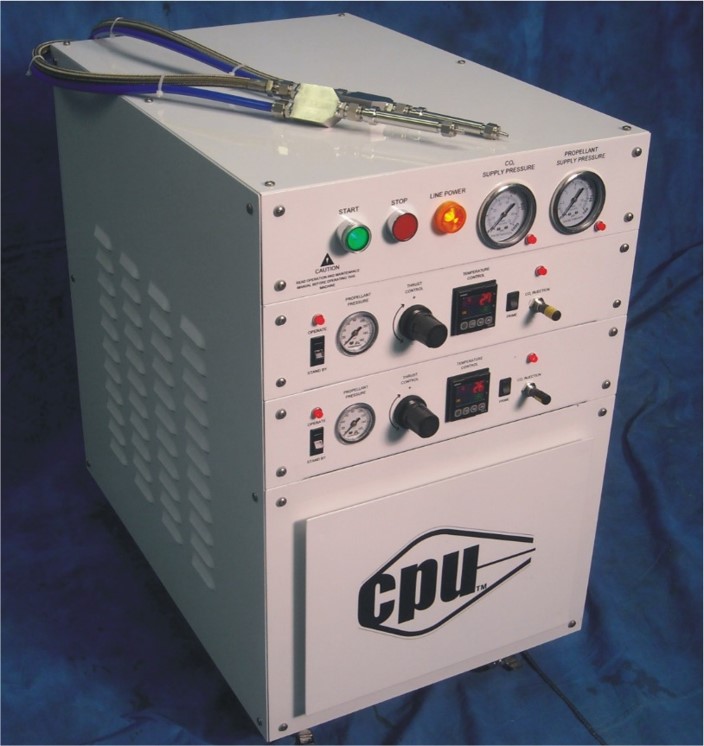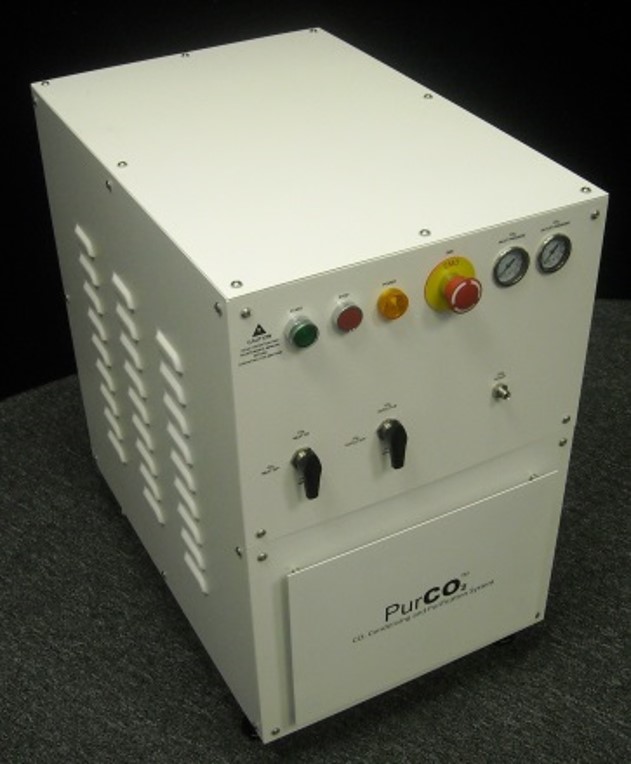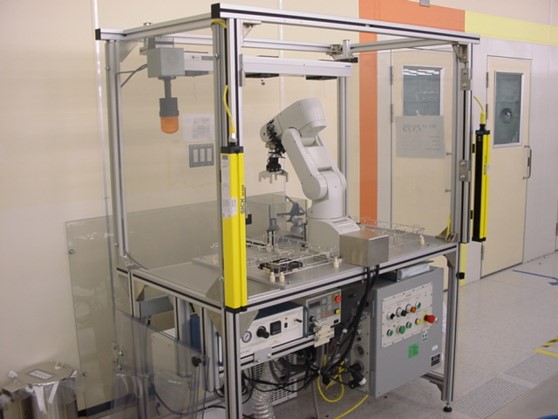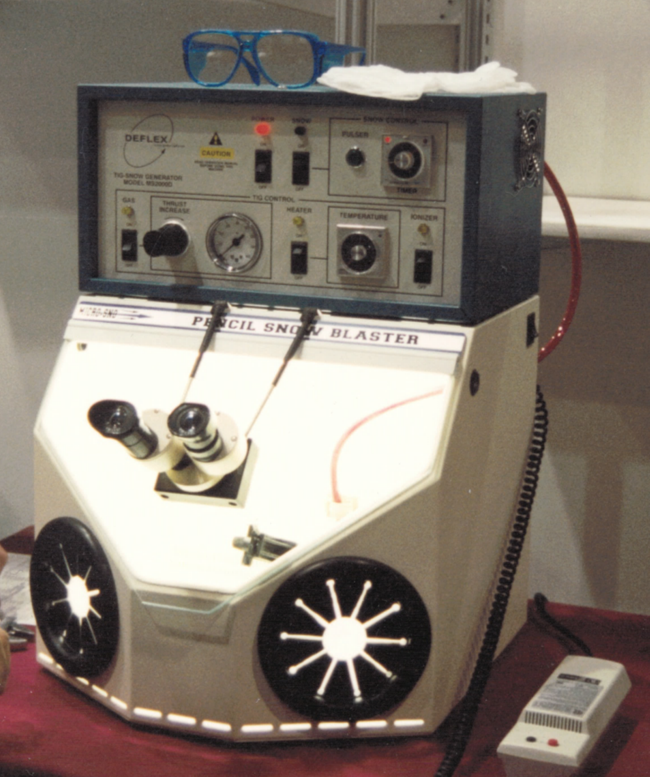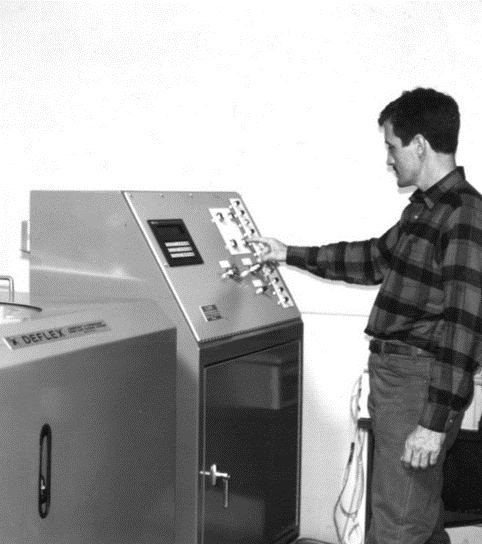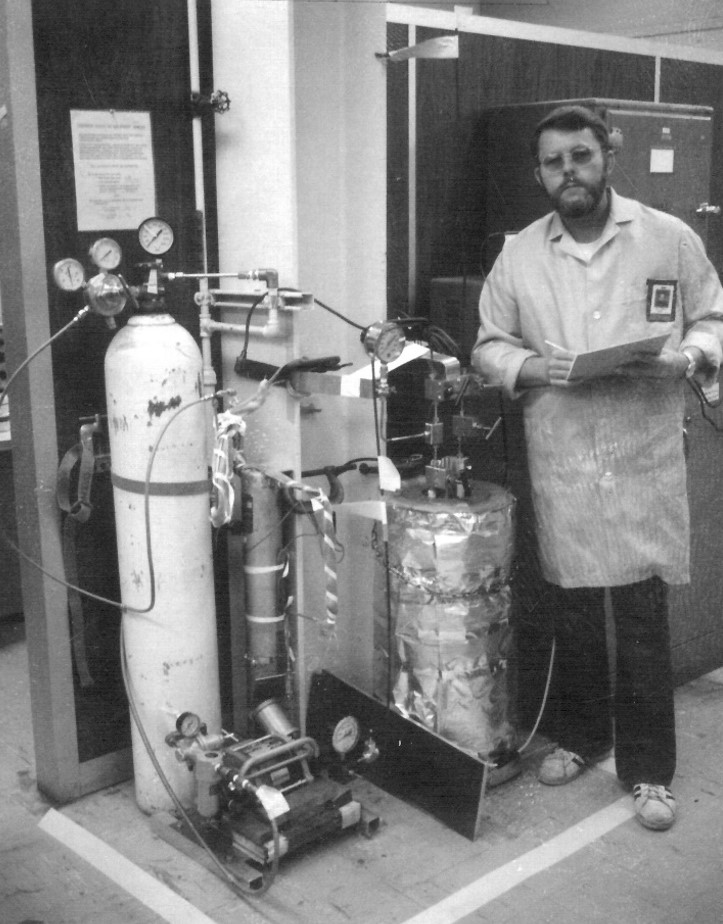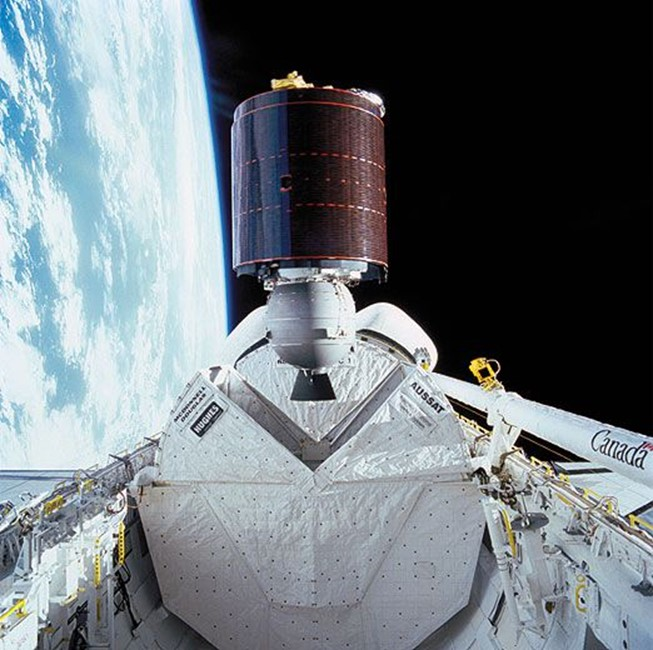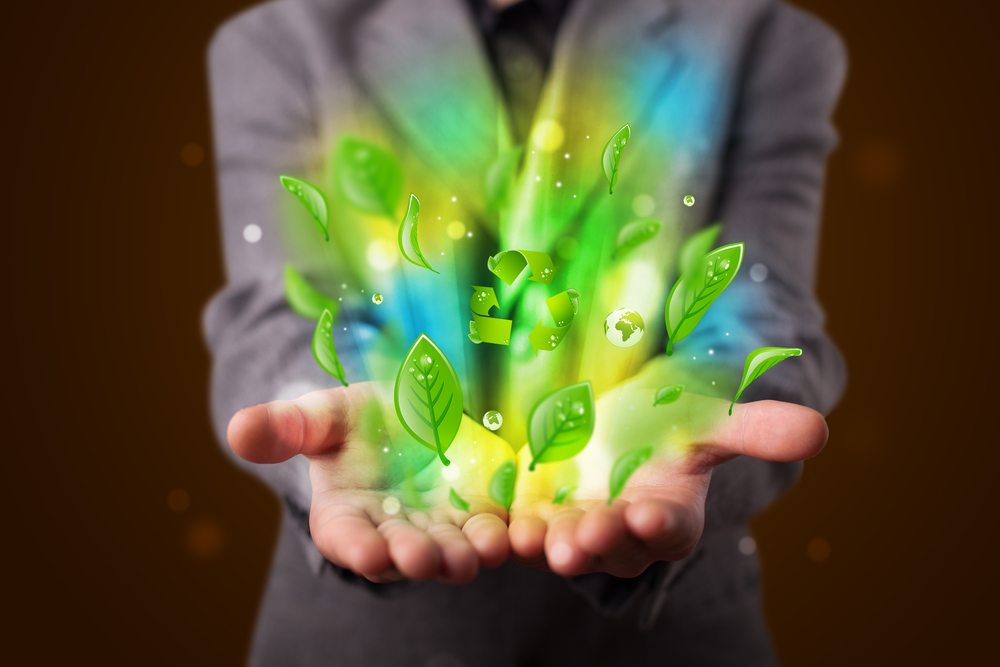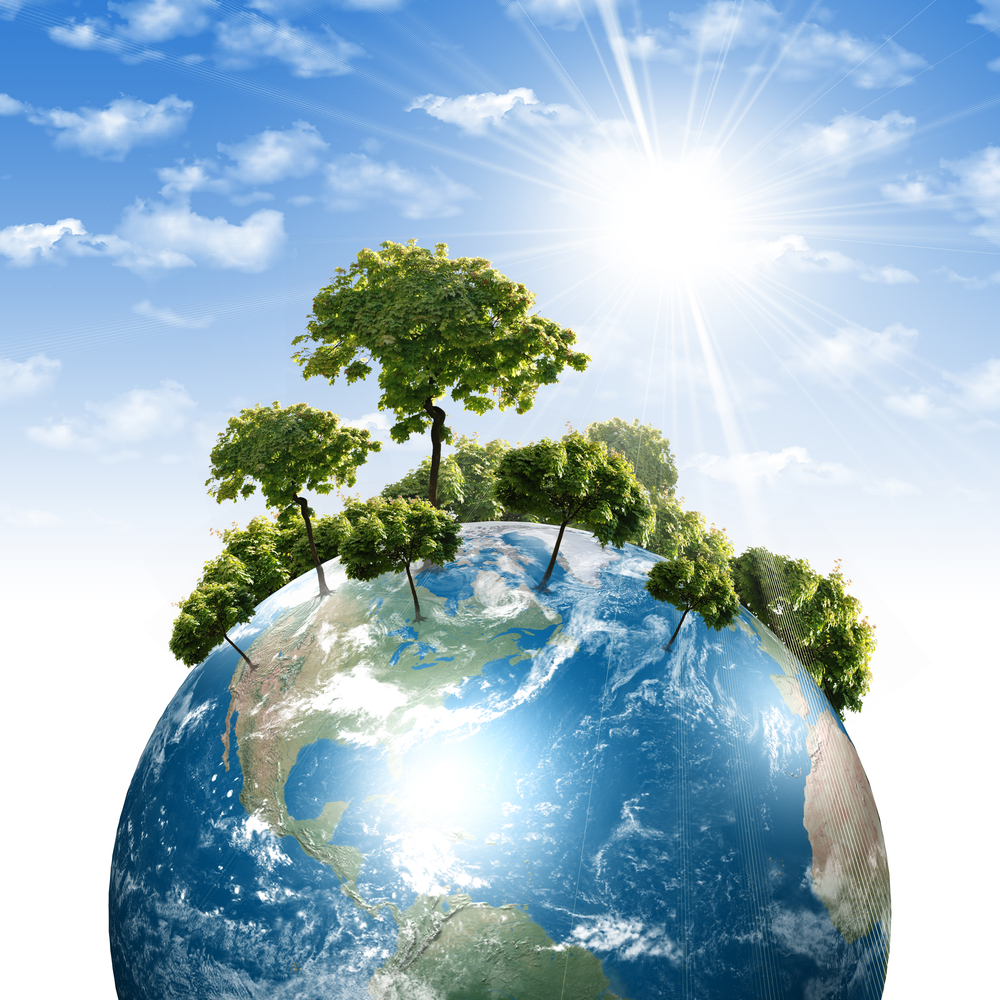CO2 Backstory 1.3.6
Future CO2 Developments
CO2 Processing Units (CPU®)
CO2 technology innovation continues today with an emphasis on new market and application development, and more particularly the development and implementation of a new business model innovation uniquely adapted to this disruptive technology. For example, CO2 surface treatment technology performs three basic functions (or processes) – precision cleaning, cooling, and modification. CO2 technology performs these functions in unique ways which are lean, green, 100% dry, inherently compatible with materials and tools, and enhance performance of manufacturing processes requiring one or a combination of these functions [36].


